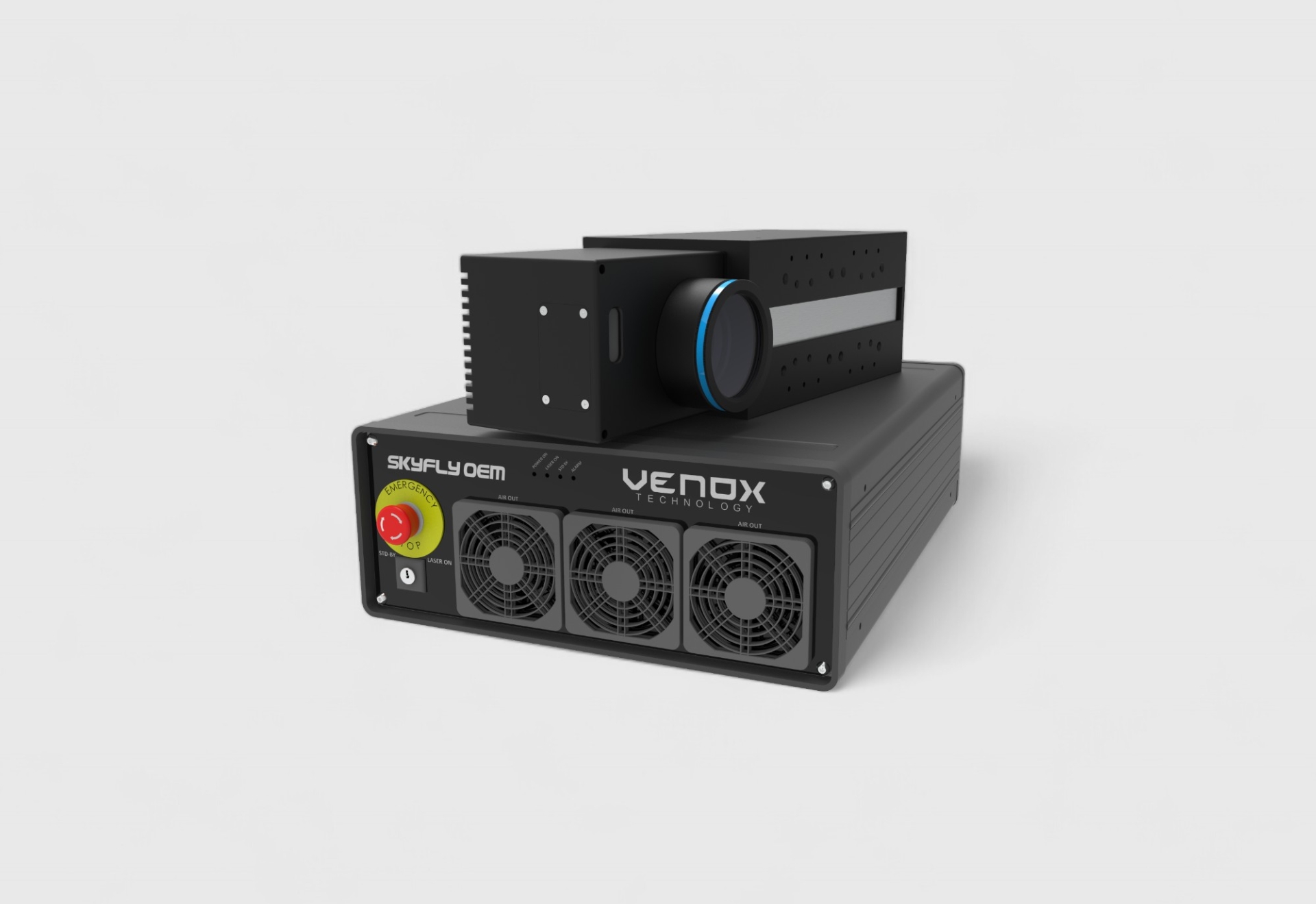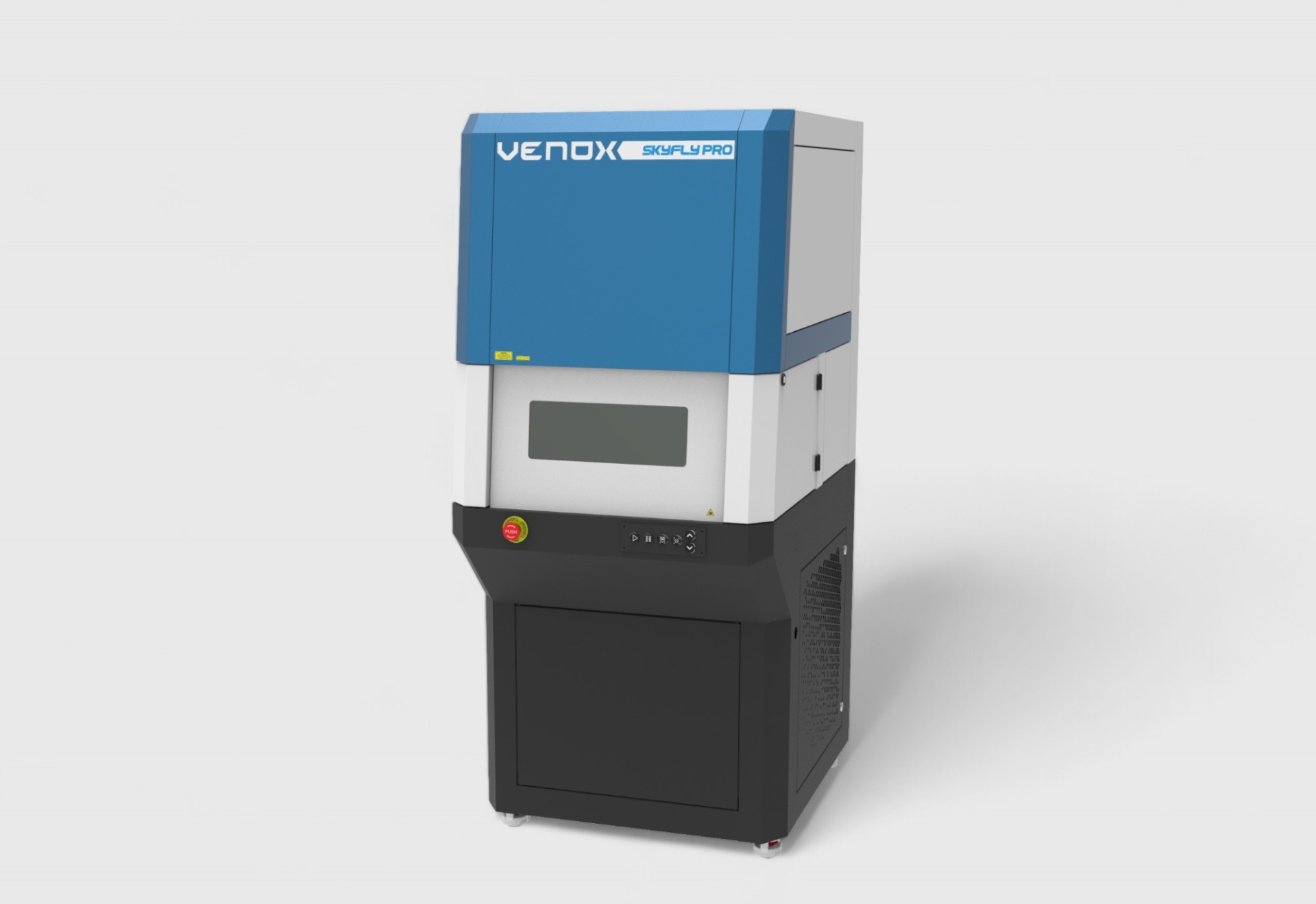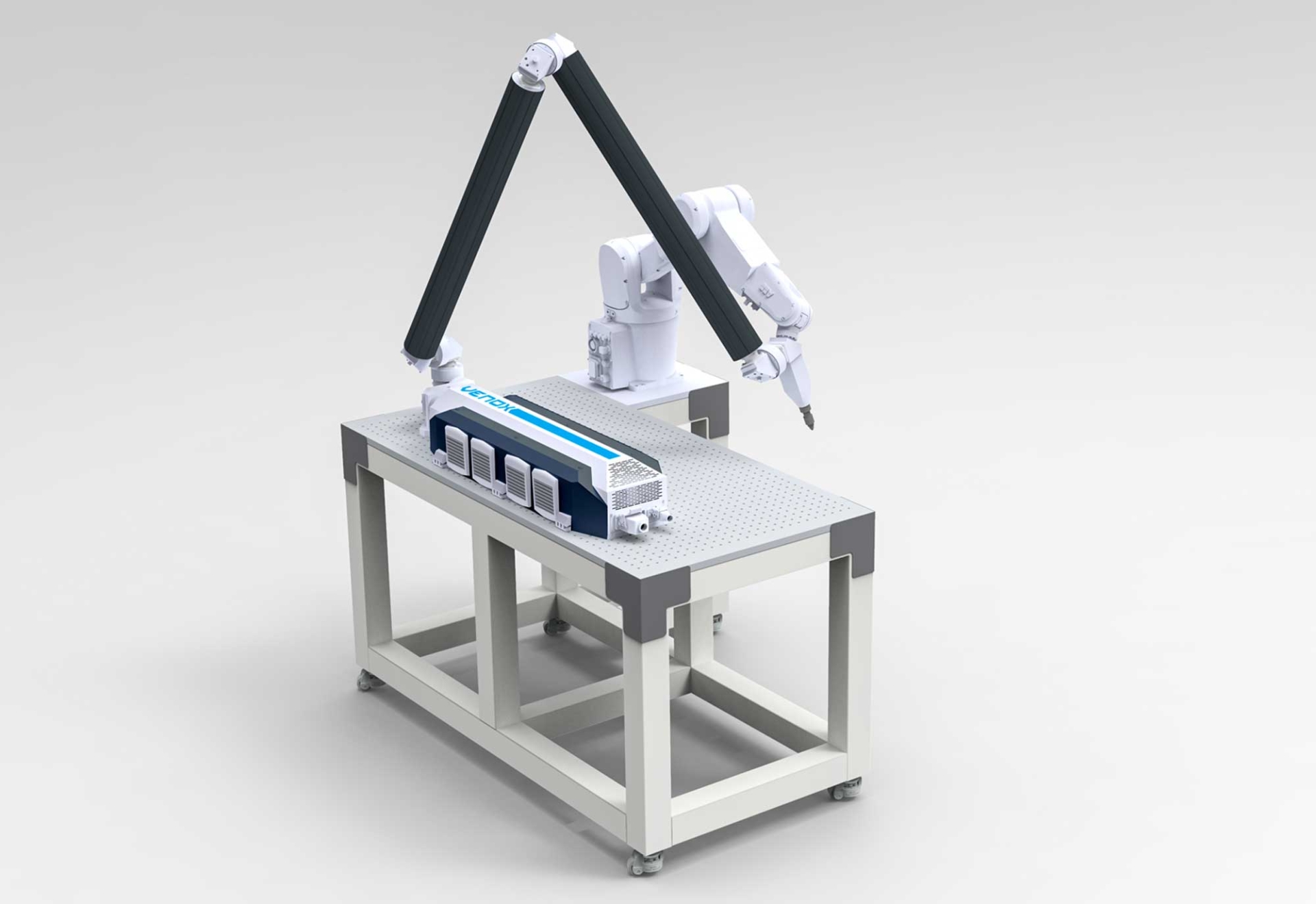Common Mistakes in Laser Marking and Their Solutions (2025 Updated Guide)
Laser marking systems offer high efficiency and quality; however, incorrect parameters, material incompatibilities, and process errors can negatively affect production quality. In this guide, we examine the most common mistakes encountered in laser marking in 2025 and provide effective solution recommendations for each one.
Common Mistakes and Their Causes
There are many factors that reduce quality in the laser marking process. Below, you will find an overview of the most frequent mistakes and the reasons behind them.
Burn Marks and Carbonization
Unwanted dark marks or burns on the surface usually occur due to excessively high laser power, very slow marking speed, or improper focusing. :contentReference[oaicite:0]{index=0}
Incomplete or Faint Marking
Codes that do not fully form, are unreadable, or appear faint are typical signs of poor marking. This generally results from low laser power, insufficient surface preparation, or incompatibility between the material type and the selected laser technology. :contentReference[oaicite:1]{index=1}
Inconsistent Depth and Contour
Very deep marking in some areas and overly shallow traces in others can be caused by variations in material thickness, focus deviation, or irregularities in the laser scanning system. :contentReference[oaicite:2]{index=2}
Focusing Errors and Beam Misalignment
When the laser beam is not properly focused on the surface, the spot size increases, energy density decreases, and marking clarity is significantly reduced. Misalignment in the beam path can also cause shadowing or double lines. :contentReference[oaicite:3]{index=3}
Poor Surface Preparation
When dust, oil, oxide film, or coating residue remains on the surface, the interaction between the laser and the material is disrupted. This leads to reduced marking clarity, contrast, and long-term durability. :contentReference[oaicite:4]{index=4}
Solutions and Improvement Steps
To prevent the above-mentioned issues from recurring in your production line, a systematic approach is required. Below are the recommended solutions for each type of problem.
Solutions for Burn Marks and Carbonization
- Reduce laser power to a necessary level and increase speed to shorten marking duration.
- Recalibrate the focus distance and check surface flatness.
- Run preliminary tests on the material to identify optimal parameters.
Solutions for Incomplete or Faint Marking
- Increase laser power or decrease scanning speed.
- Clean the surface and remove oxide film or fingerprints if present.
- Ensure that the laser technology is compatible with the material (e.g., fiber laser for metals, CO₂ laser for plastics/organics).
Solutions for Inconsistent Depth
- Adjust the focusing system, taking into account variations in material thickness.
- Optimize the scan head speed and fill parameters.
- If surface curvature exists, correct it or ensure a flat working surface.
Solutions for Focusing and Alignment Errors
- Check the alignment of the lenses and mirrors according to the manufacturer’s recommendation.
- Monitor spot size and focus shape to maintain marking quality.
- Create a service maintenance schedule to ensure regular optical cleaning.
Methods to Address Poor Surface Preparation
- Clean the surface using solvents, alcohol wipes, or appropriate cleaners.
- If coating or film is present, apply pre-treatment if necessary (such as coating removal or surface abrasion).
- Use test samples before production to analyze the effects of surface preparation.
Recommendations for Monitoring & Continuous Improvement
Implement quality control systems during marking and follow these steps:
- Post-marking code readability check using an automated camera system.
- Set up an automatic alarm system for incorrect markings to ensure operator intervention.
- Report marking quality, error rates, and downtime using production data to achieve continuous improvement.
Conclusion
Mistakes in laser marking processes directly affect production quality and traceability. Being aware of the issues summarized above and following the solution roadmap improves the efficiency of your production line and ensures the quality of your marked products. The key to a high-quality laser marking process is: the right technology, the right parameters, proper material preparation, and a culture of continuous improvement.







